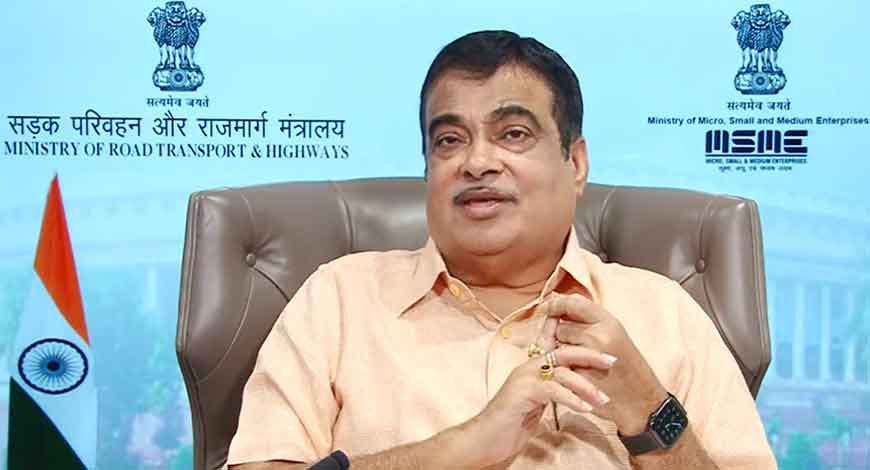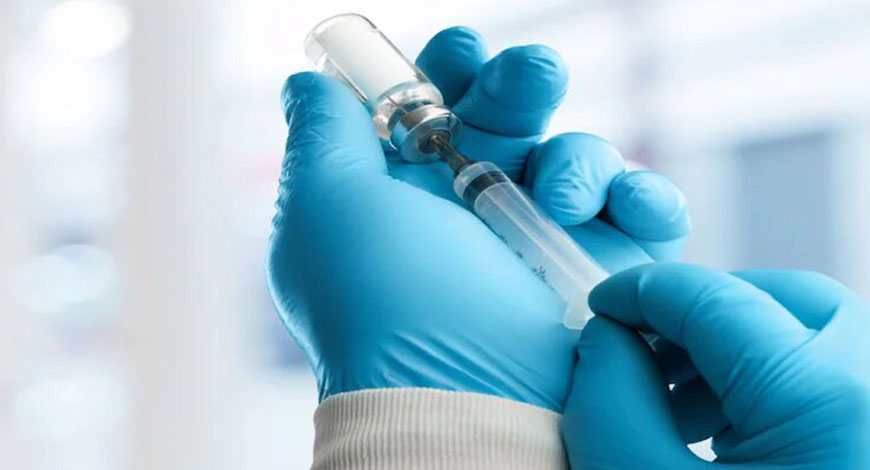Shoulder Innovations, Inc., a commercial-stage medical technology company exclusively focused on transforming the shoulder surgical care market, today reported financial results for the second quarter ended June 30, 2025.
Recent Business Highlights
- Increased net revenue 33% year-over-year to $11.0 million in the second quarter of 2025, in-line with the range provided in the company’s Registration Statement
- Achieved gross margin of 76.2% in the second quarter of 2025
- Sold 1,503 total implant systems in the second quarter of 2025, a 34% increase year-over-year
- Closed a $40 million convertible notes financing
- Completed an initial public offering (IPO), raising $75 million of gross proceeds
- Appointed Rick Buchholz to its Board of Directors
- Expanded I-Series humeral stem product line with the full commercial launch of the InSet™ 70
“We are pleased with both our second quarter performance, which was in-line with the preliminary estimates, and the momentum in our business,” said Rob Ball, CEO of Shoulder Innovations. “Our financial results and operational progress reflect accelerating market adoption of our advanced implant systems for anatomic and reverse total shoulder arthroplasty. Additionally, we are expanding our base of surgeon customers, which increased nearly 50% year-over-year in the second quarter.”
“From a balance sheet perspective, we are also excited to have successfully completed our convertible notes financing and IPO and are grateful for the support of all the investors who participated,” Mr. Ball continued. “With these financings, we are well- positioned to continue scaling our investments to execute on our growth strategies. We look forward to further advancing our mission of transforming shoulder arthroplasty and our efforts to enable best-in-class outcomes for shoulder specialists and their patients and create long-term shareholder value.”
Second Quarter 2025 Financial Results
Net revenue in the second quarter of 2025 increased 33% to $11.0 million, compared to $8.3 million in the second quarter of 2024. The increase was due to an increase in the number of implant systems sold, as well as an increase in the number of new customers.
Gross margin in the second quarter of 2025 was 76.2%, compared to 76.9% in the second quarter of 2024.
Selling, general, and administrative expenses in the second quarter of 2025 increased 40% to $12.8 million, compared to $9.2 million in the second quarter of 2024. The increase was primarily due to increased headcount in the commercial organization, higher legal costs related to litigation, and increased legal, accounting, and professional service fees related to the transition to a public company.
Research and development expenses in the second quarter of 2025 increased 21% to $1.4 million, compared to $1.2 million in the second quarter of 2024. The increase was due to investment in new product development efforts.
Operating loss in the second quarter of 2025 was $5.9 million, compared to a loss of $4.0 million in the second quarter of 2024.
Net loss in the second quarter of 2025 was $19.2 million, compared to a net loss of $4.2 million in the second quarter of 2024. The increase was primarily related to a $13.1 million expense for changes in the fair value of the company’s preferred stock warrant liability and Series E purchase option.
Adjusted EBITDA in the second quarter of 2025 was a loss of $18.1 million, compared to a loss of $3.2 million in the second quarter of 2024. The increase in loss was primarily due to the aforementioned changes in the fair value of the company’s preferred stock warrant liability and Series E purchase option.
As of June 30, 2025, cash, cash equivalents, and marketable securities totaled $39.6 million. The company received an aggregate of approximately $115 million of gross proceeds from the issuance of its convertible notes in July 2025 and its IPO, which closed on August 1, 2025.
2025 Financial Outlook
Shoulder Innovations expects revenue for the full year 2025 to be in the range of $42 million to $44 million, representing growth of approximately 33% to 39% over full year 2024 revenue.
Morgan Stanley 23rd Annual Global Healthcare Conference
Members of management will participate in a fireside chat at the Morgan Stanley 23rd Annual Global Healthcare Conference today, September 9, 2025, at 8:30 a.m. ET. A live and archived webcast of the fireside chat will be available on the “Investor Relations” section of the Shoulder Innovations website at https://ir.shoulderinnovations.com/.
Use of Non-GAAP Financial Measures and Key Business Metrics
In addition to our results and measures of performance determined in accordance with U.S. GAAP, we believe that non-GAAP financial measures can be useful in evaluating and comparing our financial and operational performance over multiple periods, identifying trends affecting our business, formulating business plans and making strategic decisions. We use and present Adjusted EBITDA for this purpose. We define Adjusted EBITDA as net loss before interest expense, net, income tax expense, depreciation and amortization, stock-based compensation expense.
We believe that Adjusted EBITDA, together with a reconciliation to net loss, provides meaningful supplemental information regarding our performance by excluding certain items that may not be indicative of our business, results of operations, or outlook. However, Adjusted EBITDA has limitations as an analytical tool, and you should not consider this measure in isolation or as a substitute for analysis of our financial results as reported under U.S. GAAP. Some of these potential limitations include: other companies, including companies in our industry which have similar business arrangements, may report Adjusted EBITDA, or similarly titled measures but calculate them differently, which reduces their usefulness as comparative measures; although depreciation and amortization expenses are non-cash charges, the assets being depreciated and amortized may have to be replaced in the future, and Adjusted EBITDA does not reflect cash capital expenditures for such replacements or for new capital expenditure requirements; Adjusted EBITDA also does not reflect changes in, or cash requirements for, our working capital needs or the potentially dilutive impact of stock- based compensation; and Adjusted EBITDA does not reflect the interest expense, or the cash requirements necessary to service interest or principal payments, on existing or future debt that we may incur. Because of these and other limitations, you should consider Adjusted EBITDA only as supplemental to other GAAP-based financial measures.
In addition, we believe that the number of implant systems sold is a key business metric and a useful indicator of our ability to drive demand for our implant systems, generate net revenue and expand our business. We regularly review a number of operating and financial metrics to evaluate our business, measure our performance, identify trends affecting our business, formulate our business plan and make strategic decisions.
The NewsBit Bureau









